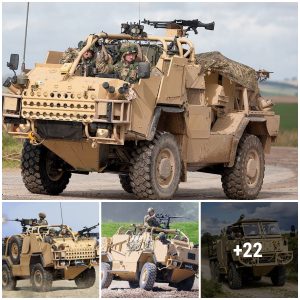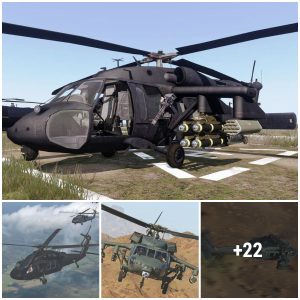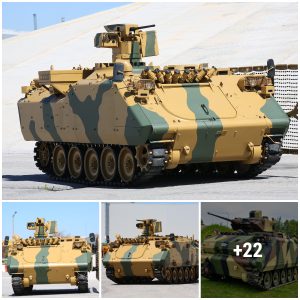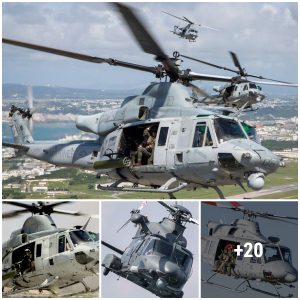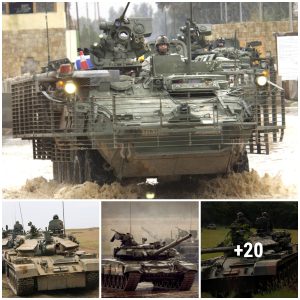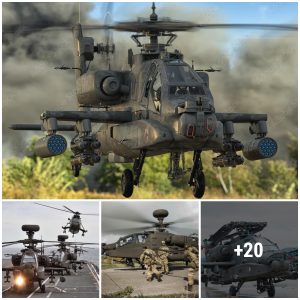Saab A-36 – Nuclear-armed Cold Warrior Against the Soviets: Saab is not the first manufacturer that comes to mind when thinking about the development of a bomber. Sweden is not known as a country that had fighting blood running through its veins in the Cold War either.
But the Swedes did begin to plan the design of a delta-wing, supersonic bomber. In the 1950s, the Swedes even thought they could make it a nuclear-capable bomber that could threaten the Soviet Union. This is where the Saab A-36 came in. Although canceled in 1957, it was a surprising program that meant the Swedes could have achieved nuclear power status, even though they gave up the quest for nuclear weapons in the 1960s.
A Nuclear-weapon in Peace-loving Sweden?
Interestingly, Sweden was officially neutral during the Cold War and believed it had to stay out of a nuclear exchange between the Soviet Union and the United States to survive. But even though it was not a NATO member, it maintained an intelligence-sharing relationship with the Americans.
It started producing plutonium for its own nuclear weapon after World War Two but abandoned the program years later because of cost concerns. This was not for offensive purposes as the Swedes had no intention of causing a nuclear exchange, but a nuclear weapon, it was thought, would give them an improved, agile, and flexible defensive military doctrine.
This Would Need a Delivery System
This is how the A-36 cropped up in design proposals and in a feasibility study. If the Swedes were going to produce a nuclear device in the 1950s, they needed a delivery mechanism. And a new bomber would have to be manufactured. To be sure, this was not for first-strike capability. The Swedes wanted to have something, likely a tactical nuclear weapon, that could protect them from a Soviet invasion staged from the Baltics.
The Saab A-36 Was Not Long-Range But It Was Planned to Be Fast
Therefore, the A-36 was not to be a long-range bomber. It was to fly only a maximum of 254 miles with a payload of 1,764 pounds. But it could threaten Soviet-controlled Estonia, Latvia, and Lithuania by crossing the Baltic Sea from the southeastern coast of Sweden.
It needed to be fast though. Swedish designers and engineers considered a swept-wing design but finally opted for a delta-wing. They thought the A-36 could go MACH 2 with a ceiling of 59,100 feet.
This was going to be a twin-engine design and the Swedes thought that the engines used in the Concorde supersonic commercial plane, the Rolls-Royce Olympus, with afterburner, would fit the bill.
Internal Weapons Bay Was Needed for Saab A-36
Such high speed was going to create significant heat on the airframe and could even affect the nuclear ordinance. So, the designers opted for an internal weapons bay. This was going to limit the amount of fuel that could be carried and perhaps even the yield of the nuclear weapon.
Let’s Re-think This Nuclear Weapon Thing
The Swedish government probably wanted to press the pause button on this airplane due to the grim nature of nuclear weapon strategy and doctrine. The Swedes were anything but Machiavellian. Yes, survival during the Cold War was paramount, but did this necessitate a situation where the Swedes would drop a nuclear bomb? This didn’t match its peace-loving nature and culture. Defense was one thing, but a nuclear exchange was an ultra-serious matter – something the Swedes probably wanted to avoid no matter what the defensive flexibility was. Thus, the A-36 plans were scrapped, and no nuclear weapon was ever made in Sweden.
